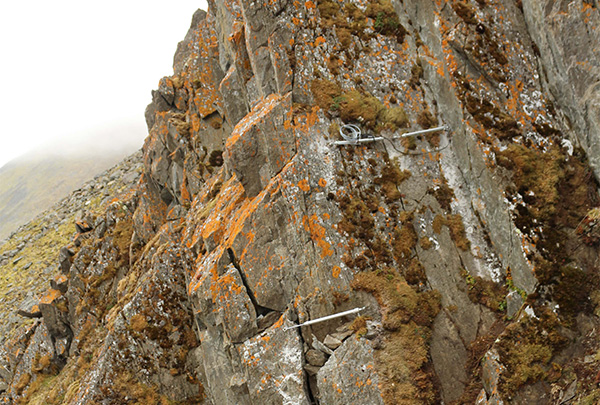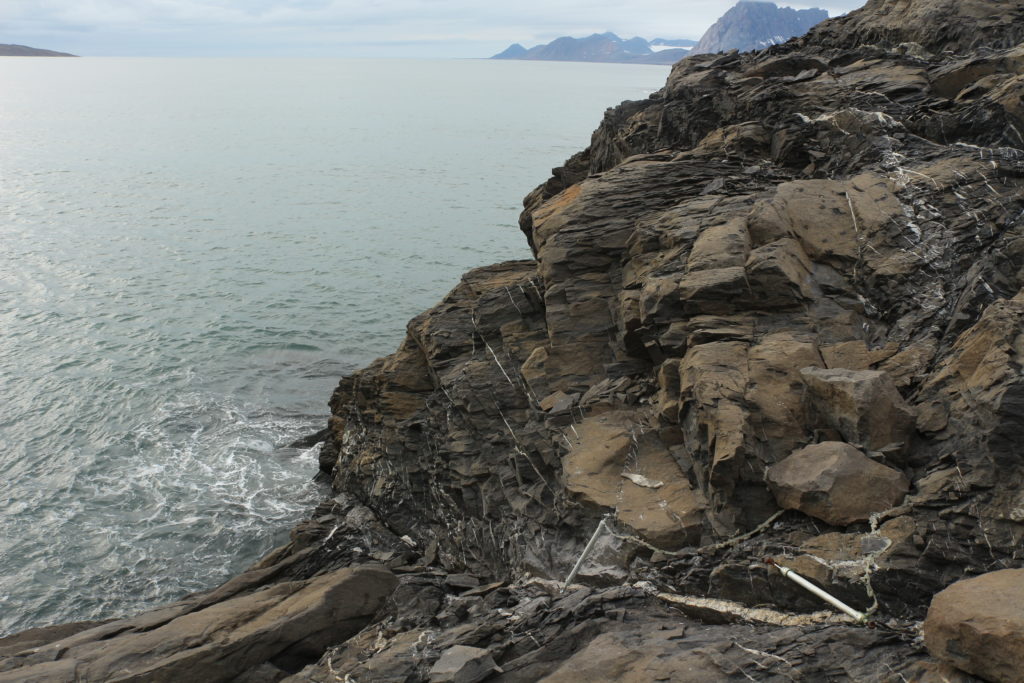In the northern Glacial Sea, in north of Norway, there is a group of islands called Svalbard. The main grouping is the Spitsbergen, which includes 5 large islands and many islets with an area of about 61 thousand square kilometers, 60% of the territory is made of ice and only 10% is covered by vegetation.
From mid-November to late January the sun is between 6 and 12 degrees below the horizon, thus preventing the spread of twilight, which means that it will always be completely dark for all 24 hours. As for the temperatures, in summer they can vary from zero to 14 ° C, while in winter you can record any value from -5 ° to -35 ° degrees.
It is in this hostile climate that researchers from the Prague Academy of Sciences, together with other research institutions, have been conducting research for several years.
Specifically, the Engineering Geology Department of the Prague Academy of Sciences is responsible for long-term monitoring of tectonic movements and processes that influence the behavior, development, and stability of the rocky environment.
Currently, the tools and monitoring methods that are used must be able to measure continuously the physical quantities in real-time. The use of intelligent sensors responds perfectly to the before-mentioned needs and allows comparison and validation between them.
In particular, the researchers of the department of Engineering Geology were looking for a reliable, economical and energy-efficient solution, able to monitor in difficult climatic conditions, where there is no access to electricity and half the year is polar winter with 3 months of total darkness, which excluded the use of solar panels.
Our IoT monitoring solution perfectly met the aforementioned requirements.
Currently, in fact, the Prague Academy of Sciences uses our devices, on the Norwegian islands, to monitor:
• The cracks present on steep rock walls with the aim of understanding how the temperature affects the cyclic and acyclic movements;
• The dilatation of the rocky cliffs that are influenced by both temperature and erosion processes;
• The tectonic faults and their long-term movements.


Our intelligent monitoring system, therefore, represents an efficient solution that allows you to acquire the data necessary to accurately study the evolution over time of the changes occurring in the physical environment.

